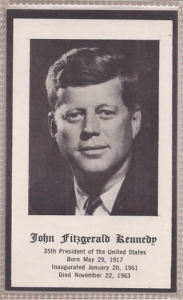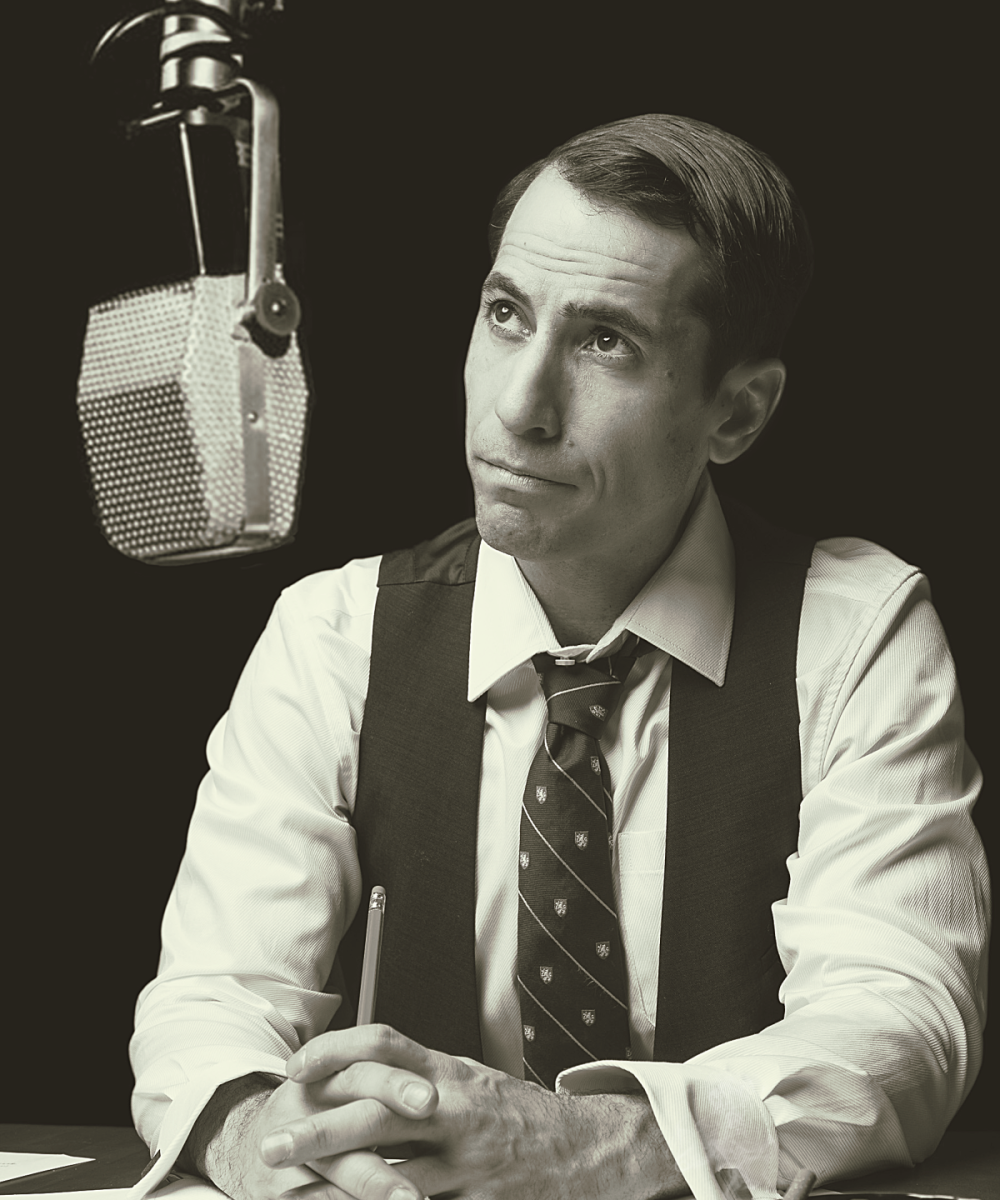On Nov. 22, 1963 Dr. Charles James Carrico told his wife, Sue, goodbye for what seemed like a normal day at work, but when he returned home after a 12-hour shift at Parkland Hospital, he had memories that would taunt them forever.
Nearly 50 years after the JFK assassination and 11 years after losing her husband to colon cancer, those memories all remain vivid to Mrs. Carrico. She is still hesitant to speak about her husband’s role as the first doctor to treat President Kennedy.
“As a kid I didn’t know much about it,” Tim Telaneus, grandson of the Carrico’s, said. “All I ever heard was he was the first doctor to see JFK. It was just a cool trivial thing.”
For most Americans, the Lincoln convertible cruising down the streets of Dallas, the President’s warming smile, and the first lady’s dainty wave laced with her classic pink outfit remain etched in their memories. The 50th anniversary marks a day when politics were set aside and Americans came together to grieve.
The Kennedy legacy is defined in many ways and is carried out nationwide through simple memories, hand-written letters, and even firsthand experiences. For the Carrico family, the movie “Parkland,” released on Oct. 2 is yet another reminder of the day that Mrs. Carrico cannot forget. The Dallas hospital marks where both Kennedy and assassin Lee Harvey Oswald were pronounced dead.
Mrs. Carrico attended the “Parkland” premiere in Dallas nearly a month before the release with Telaneus on her arm. Although he always heard about his grandfather’s accomplishments it was not until the premiere that he realized not only did his grandfather make outstanding medical accomplishments, he also made history.
“As I have gotten older I have learned how big of a deal he is and that he is one of the most influential doctors in the world of trauma surgery,” Telaneus said about his grandfather. “As a kid the fact that he was the president of the American College of Surgeons was always a way bigger deal to the family.”
Telaneus explained the premiere was much more emotional than expected. Not only did “Nana” get teary-eyed, but so did Telaneus. After the showing they were both approached by the producer of the film.
“It was incredible for me to witness the producer approach both Nana and I, with so much honor to shake the both of our hands,” Telaneus said. “I was even more shocked when I noticed he was nervous. I felt like we should have been the ones nervous.”
“Parkland” shows what happened inside of the hospital, but people did not have to be at the scene to hear the shot fired. The sound echoed outside of Dallas and across the U.S., causing people everywhere to feel as if they were there.
“Kennedy just had this charm and charisma that attracted you,” Sandra Sacks of Kingwood, Texas said. “When he was president it was this time of fiction because everyone loved him. Losing him felt like you had lost a family member.”
Mrs. Sacks was 23 at the time living in New Orleans, La. with two young children. She explains the day as normal. She gathered the kids around the TV while she folded clothes and then it came – breaking news in the middle of the television show. Although TVs were in black and white, the memories remain so clear and colorful.
“It was so personal, it was just like here is this person we all love and now he is gone,” Mrs. Sacks said. “It was a moment of disbelief and people still to this day can’t fathom the tragedy.”
Mrs. Sacks was not the only one in the family who was grieving the death; her husband Phil Sacks was 33 at the time and had previously met Kennedy when he was in Memphis campaigning.
“Phil told me he went home and told his dad, ‘I just met the next president of the United States,’” Mrs. Sacks said. “He was young and had a forward-looking attitude. He just had it all.”
Mr. Sacks’ neurologist in Houston, Dr. Robert Grossman, was also one of Kennedy’s doctors at Parkland Hospital. Dr. Grossman walked into Trauma Room One five minutes after Kennedy arrived.
“He never spoke to me about it,” Mr. Sacks said. “I didn’t know he saw Kennedy until I read it in the Houston Chronicle several years later.”
Even before making the connection between Dr. Grossman and Kennedy, Mr. Sacks felt a huge connection with Kennedy and felt like he had known him for years.
“He came across as a guy who could have been a part of your family,” Mr. Sacks said. “He built confidence in people and the way he conducted his policies showed he was a very capable young man, aside from his deep tan and movie star look.”
For some, the Kennedy legacy includes a simple note from the first lady. Diane Cochran still has a letter Mrs. Kennedy sent back to her mother after she sent a letter sending her condolences.
“My mom loved the Kennedys and was devastated when that happened,” Cochran said. “I think that they were just so young, had a family, and captured the love of the country.”
At the time, Cochran’s mother was being treated for depression so reaching out to Mrs. Kennedy said enough in itself. The Kennedys were able to touch the lives of the Cochrans all the way in St. Louis, Missouri and the memories linger still today. They were not only social icons, but also fashion icons.
“My mom had every hat I think Jackie ever wore,” Cochran said.
What seems to be the most vivid to many is when Walter Cronkite announced choked up with tears in his eyes, “The President is dead, the President is dead.”
Gene Kirsch was 26 years old in New Orleans, La. when he received the news about the assassination.
“I felt like my heart had been ripped out,” Kirsch said. “The sight of baby John standing at attention and saluting his father’s passing casket, parading down the boulevard still brings great sadness to me.”
Even 50 years later the black and white memories through the television are remembered in high definition. JFK professor at SMU, Tom Stone, believes Kennedy brought so many answers and so much hope to Americans and believes when he died so did the optimism he brought America.
“He represented America’s future,” Mr. Sacks said. “After 50 years he is still a beloved person and respected by all.”

Courtney Madden is a junior studying journalism at SMU.











